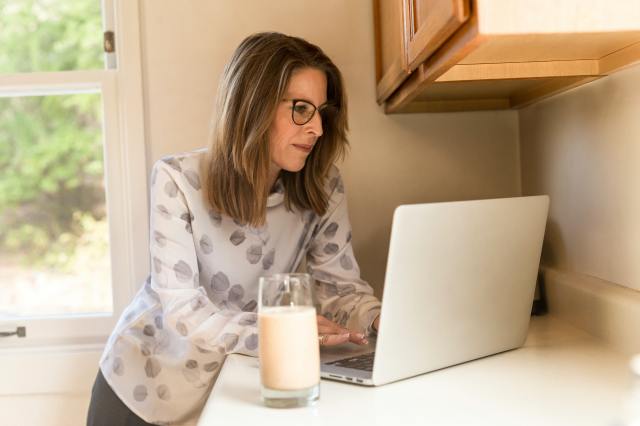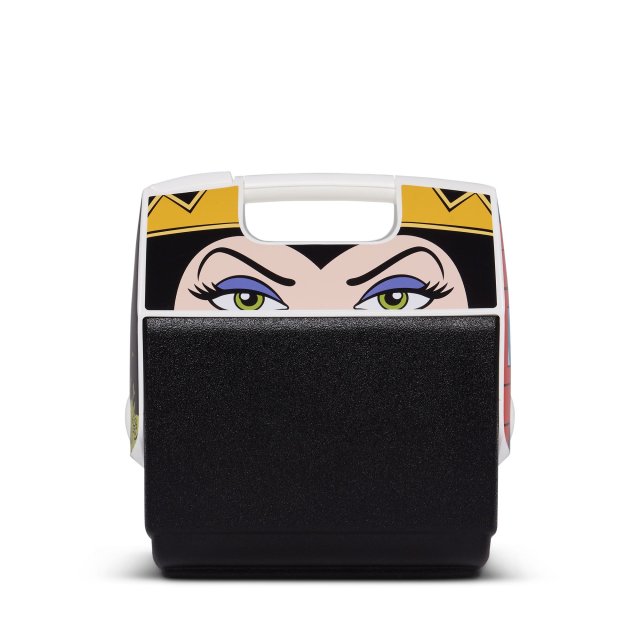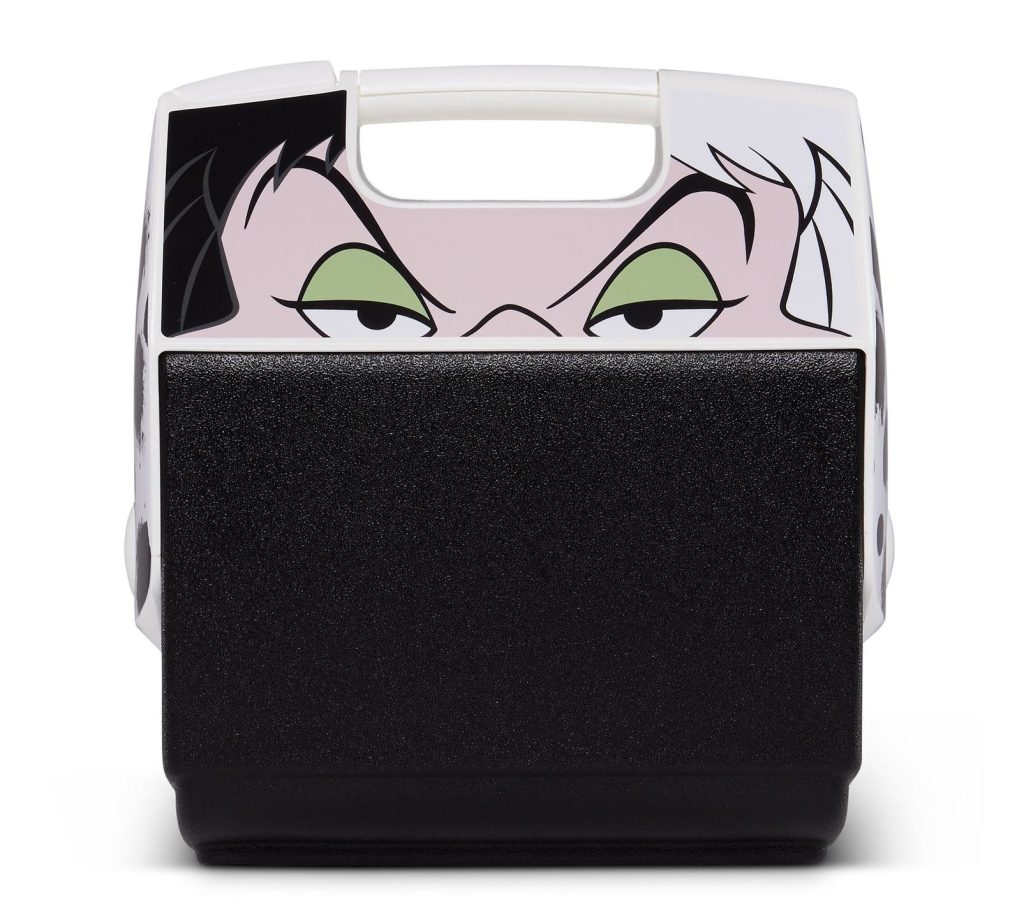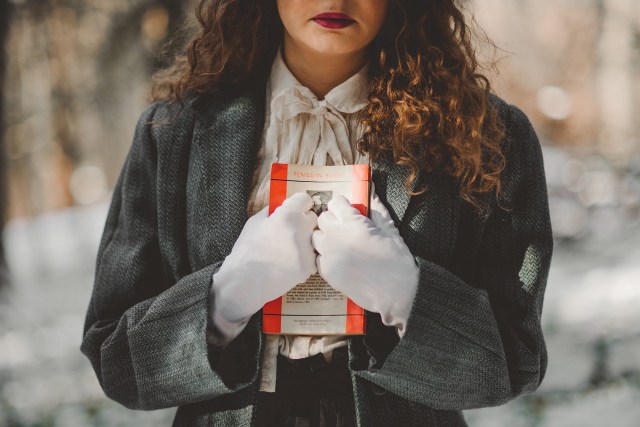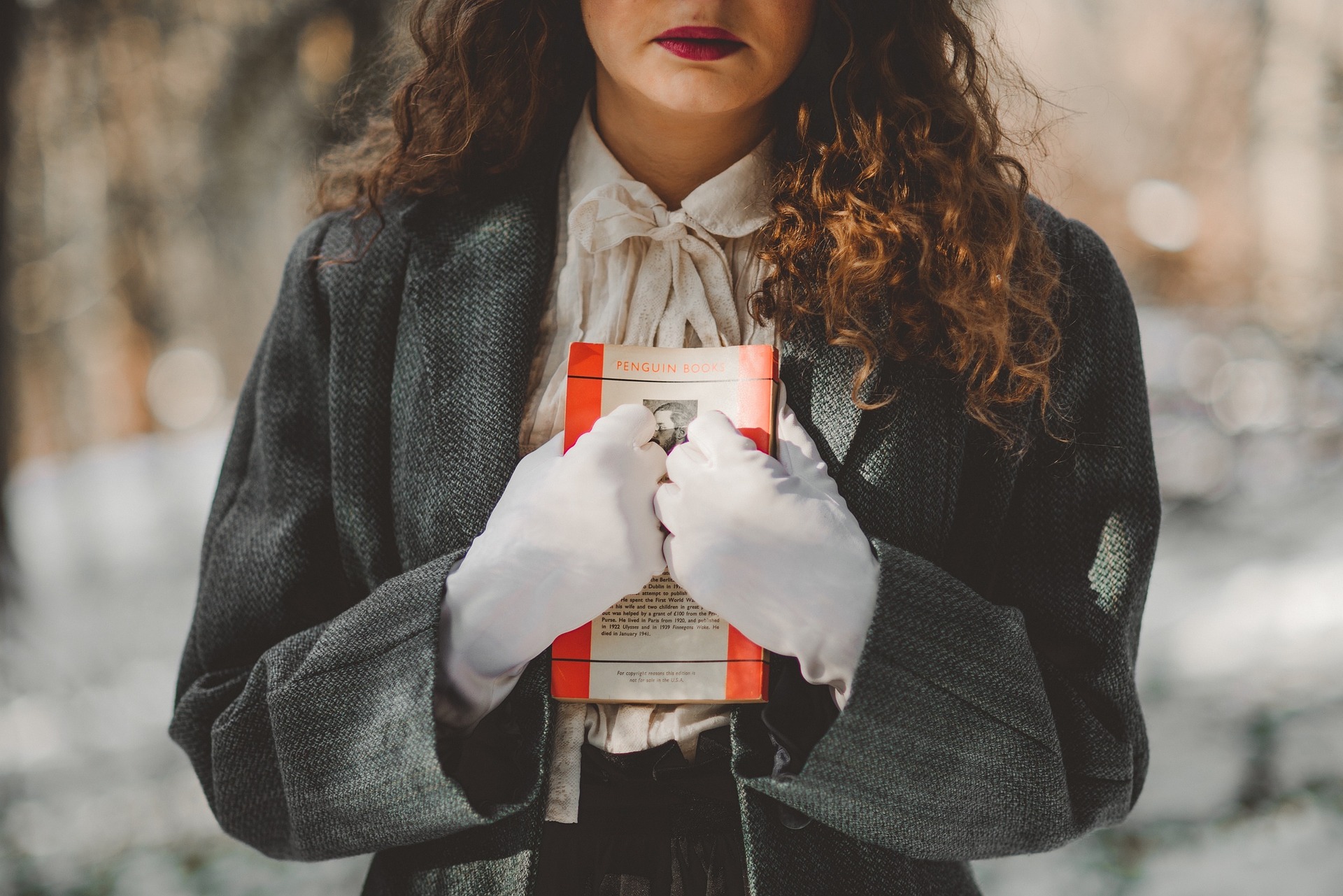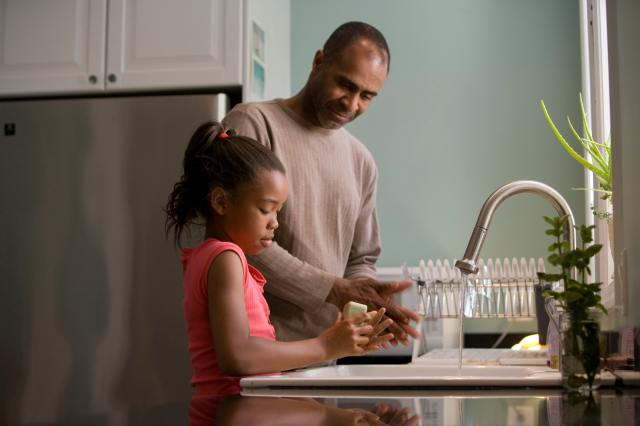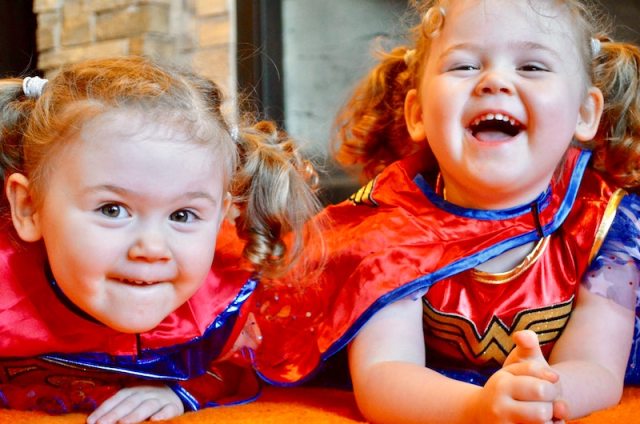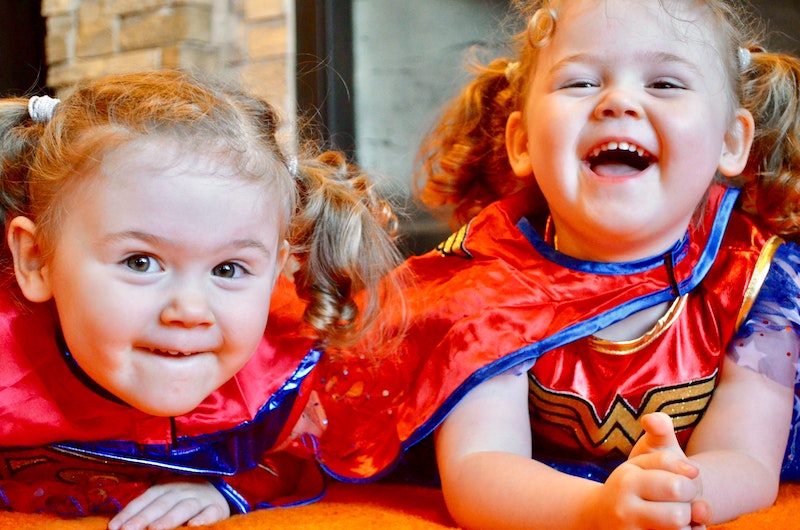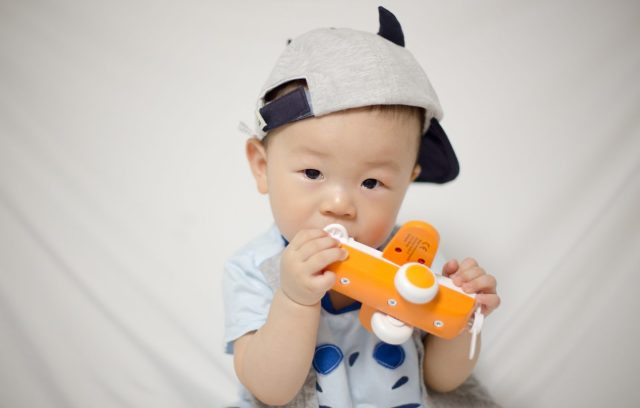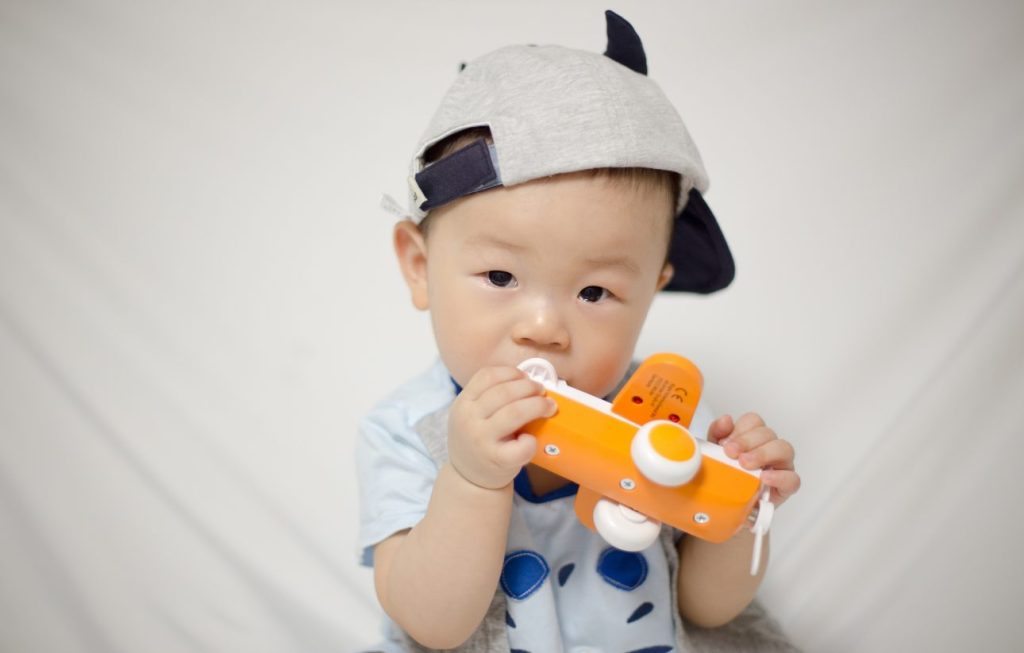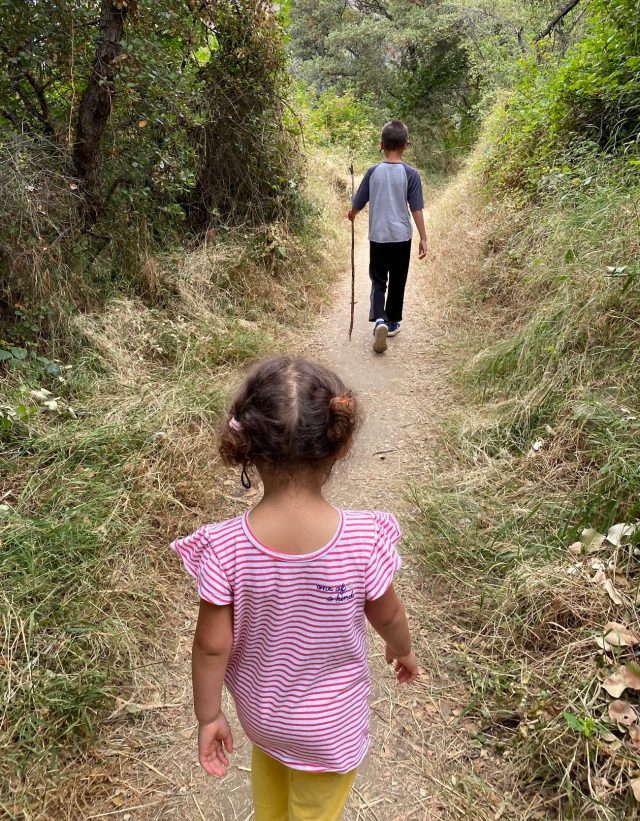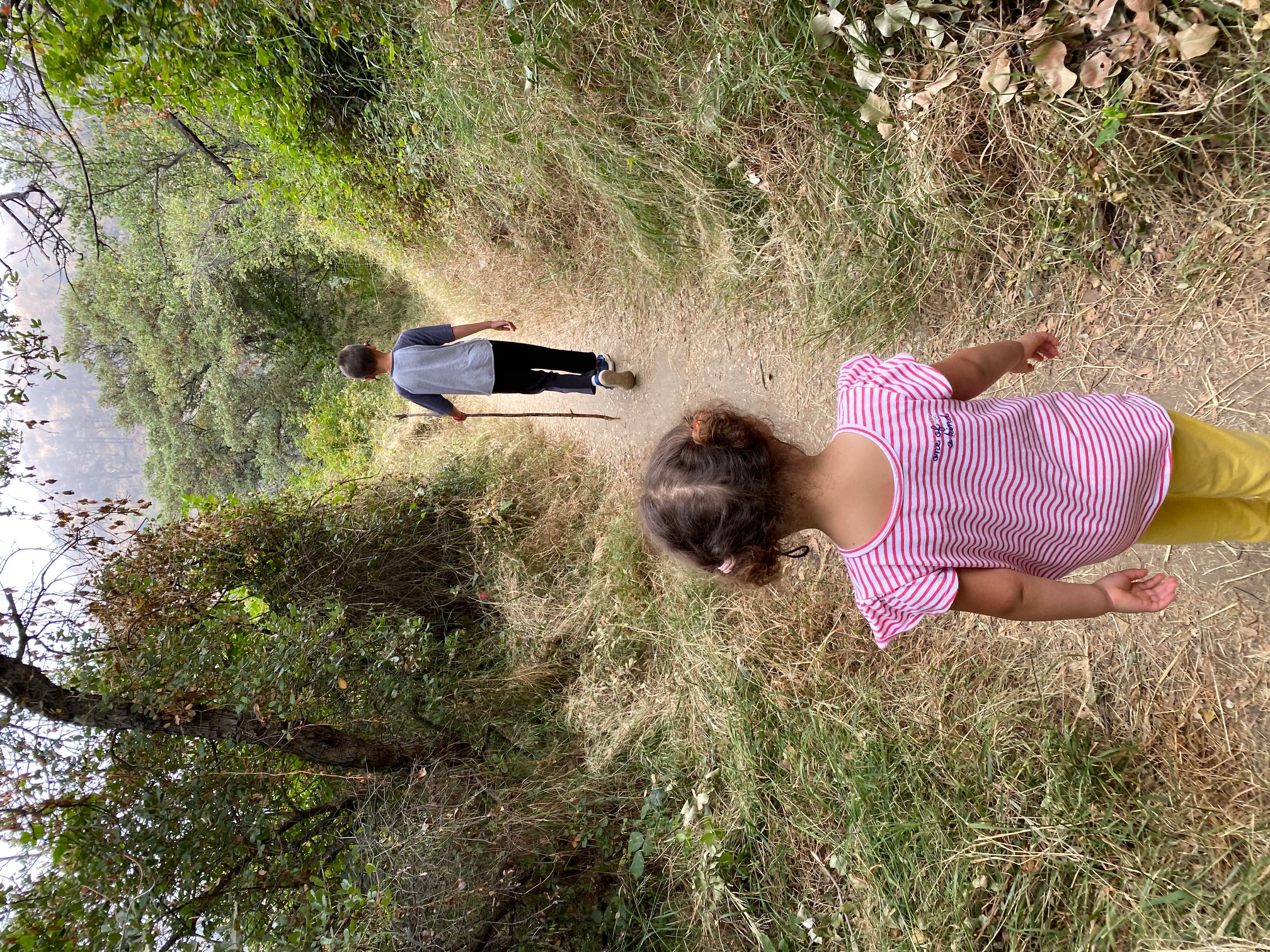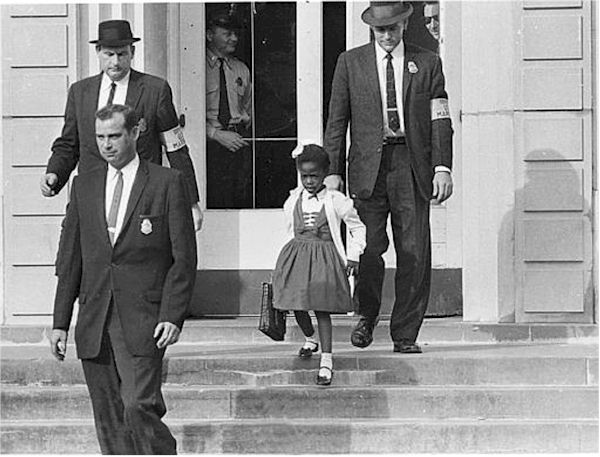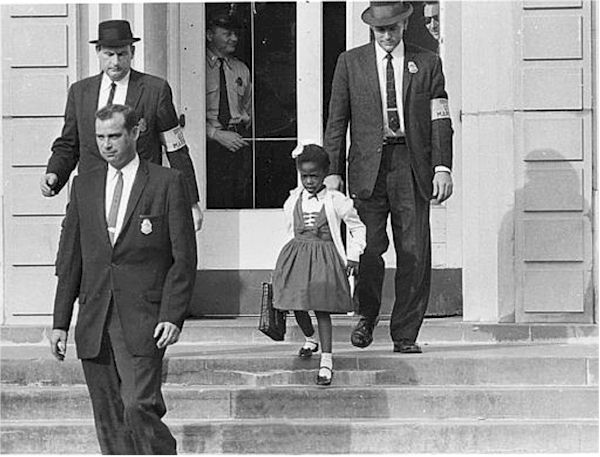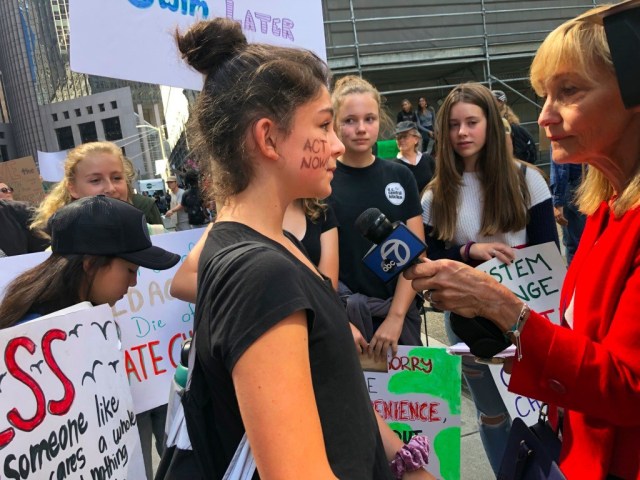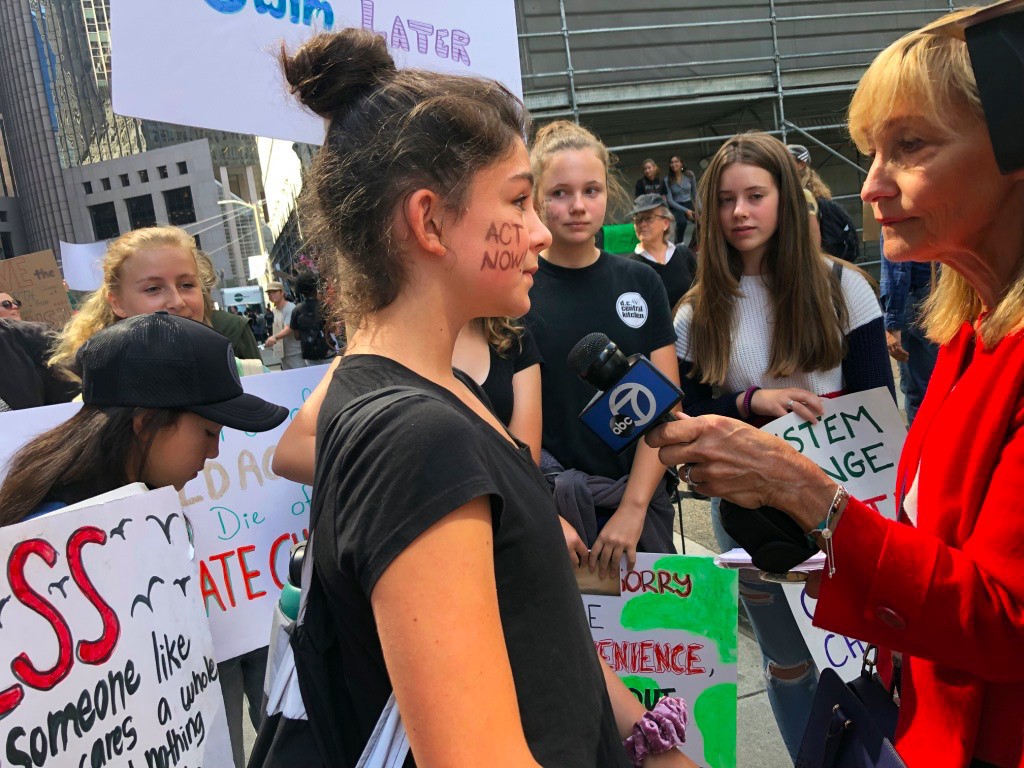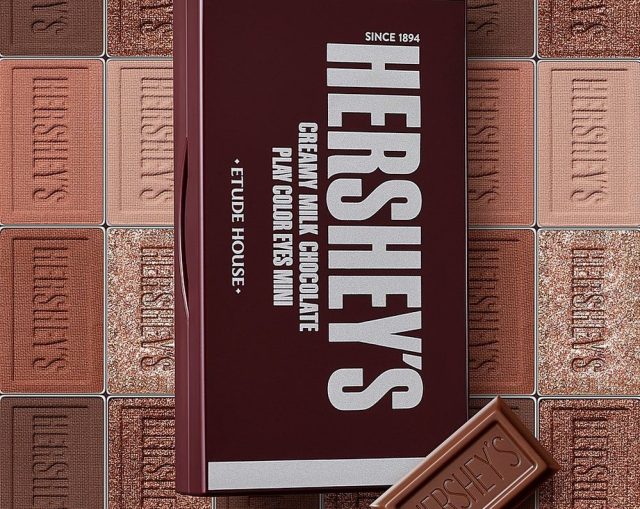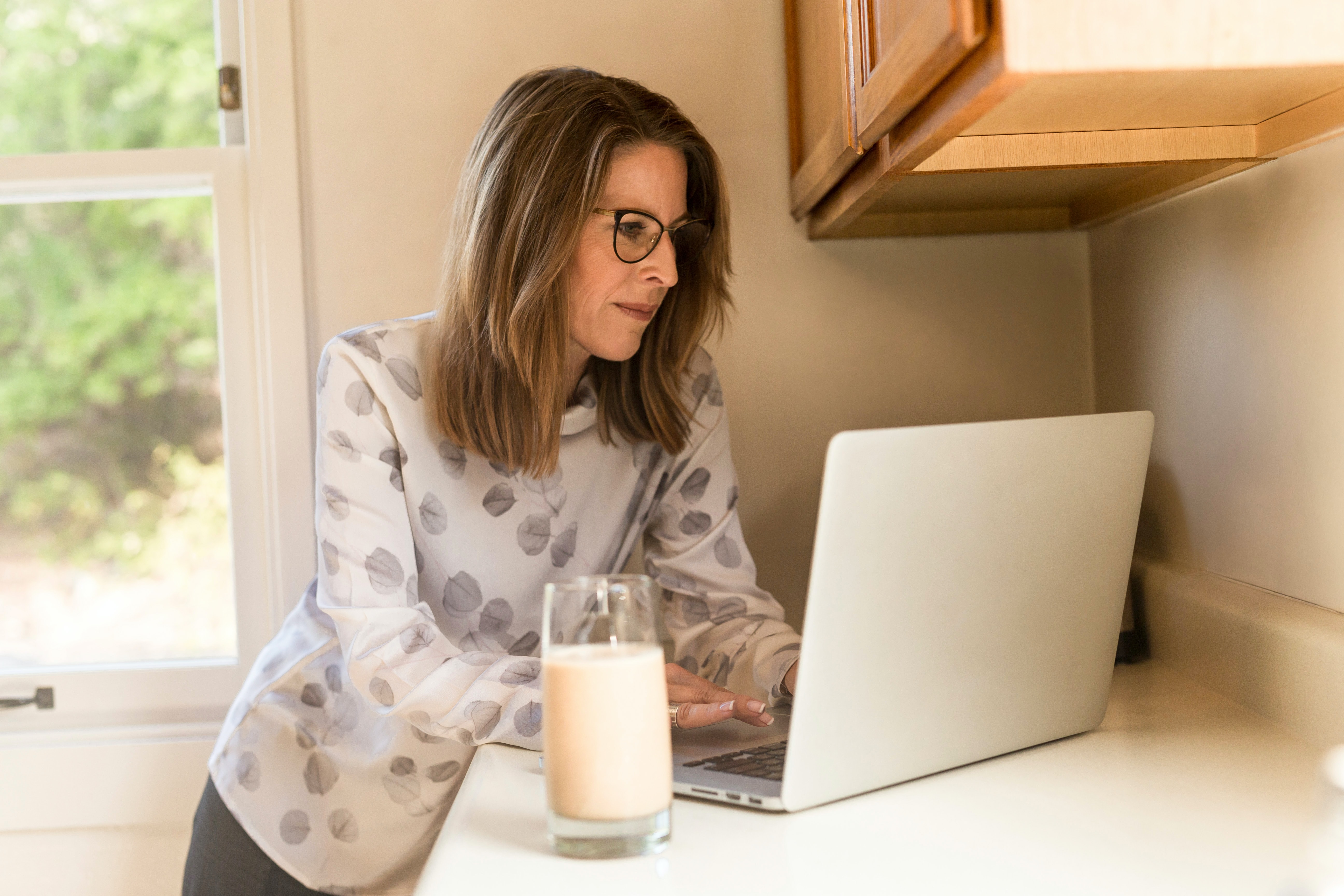
Something I’ve seen time and time again is this idea about life happening to you. Be patient. Success is coming. Sit still and listen. Wait your turn. You don’t have to do anything outside of being willing to accept success. Wait, wait, wait.
I don’t just disagree with this mindset, I abhor it, and here’s why: I saw a quote recently and it said “Nobody cares about your excuses. Nobody pities you for procrastinating. Nobody is going to coddle you because you’re lazy. It’s your a$$, you move it.” Read that last part again, “It’s your a$$, you move it.”
Now, I don’t feed into the COVID excuse. I really don’t. I think this is a time to be creative and learn how to adapt your business to a changing world. I also think it’s a time to preemptively strike on the things that will remain different until they become the same. After 9/11, the world changed. We changed how we walked through airports, our check-ins for building security became much more stringent and our overall awareness in public multiplied by the thousands. We don’t even remember what it was like before that. I don’t know the last time I was in Penn Station without a military presence. This is no different. While we will return to many things that feel normal, there will ultimately be things that never change back and, quite frankly, shouldn’t. I don’t need to share a meal with the table next to me at a restaurant. I like my space. My point is, this is a time for growth. It is not a time to make excuses.
So, how do we remain productive or even better, how do we become productive (maybe even for the first time) as our world shifts? How do we take ownership and responsibility for ourselves when the world is seemingly saying “Oprah wasn’t successful until she was in her 30’s. Wait.” Well, I hate to be the bearer of bad news, but Oprah worked her a$$ off before her wild success started. Michael Jordan may have cried after being cut from his high school basketball team, but it drove him to work harder. He practiced more. Steve Jobs was fired but didn’t wait for someone to hand him his next company. He put his big boy pants on and did the damn thing. Your life is not a meme. It cannot be summed up by the minimized paths to success that celebrities took. Let me be clear, I’m not saying we should just work, work, work. My advice is to use this changing time to figure out what feels right to you and create an action plan to make it happen. I cannot shout it louder, success will not just happen to you. You have to be an active and vigilant participant in your own life.
Because I hate when people offer advice without action, so here’s a checklist of things to do:
1. Always have a five-year plan. I don’t mean pie in the sky, I mean a logistically-driven, actionable plan. Edit that five-year plan once a year.
2. Set big goals. You can’t change your life without knowing what that looks like. Achievement comes in all different forms, true satisfaction comes from setting metrics and hitting them.
3. When you hit your goals, set more and set them bigger. Success was never driven by setting small goals. It doesn’t benefit us to goal ourselves on things we already know we can do.
4. Play on your strengths. Comfort zones can be a great thing. I know my strengths and I know my weaknesses. I use both to my advantage by doing the things I’m good at and doing them really, really well. I also know it’s important to push past my comfort zone and turn some of those weaknesses into strengths.
5. Speaking of weaknesses, choose a few. We’re only human. It’s impossible to master everything, all the time. Take a look at your weaknesses and focus on turning around the ones that most closely tied to your version of success.
6. Lastly, get to know yourself. It’s really hard to understand what you want out of life if you don’t even understand who you are. Know what makes you tick, know what makes you happy, know what you want.
I’ll leave with you this: One of my favorite things to witness on the planet is other people’s success. I love hearing goals and then seeing people crush them. There is infinite room for success in our world and, if I can help someone achieve their success, I’m all in. Life is about partnering with the right people, at the right time. Life is about asking questions and asking for help when you need it. If you read this and feel like I’m someone who can help you, reach out. I’m open. Let’s murder the mindset of life happening to us and start making life happen.
